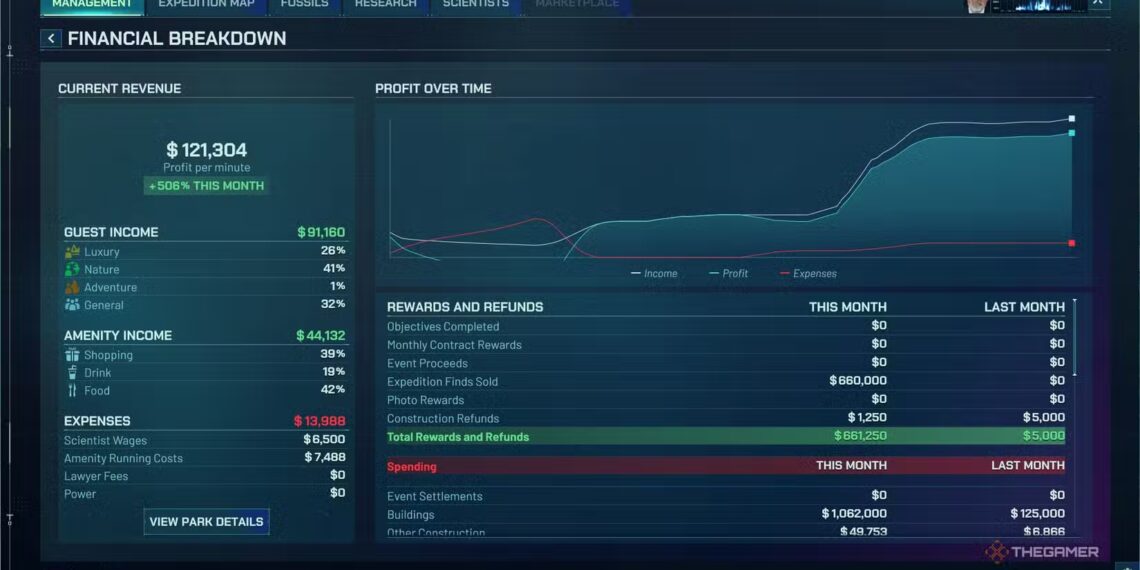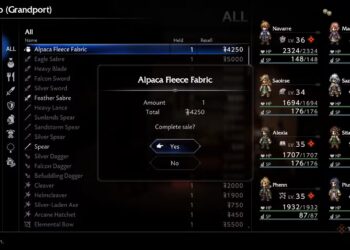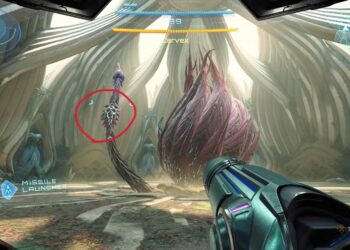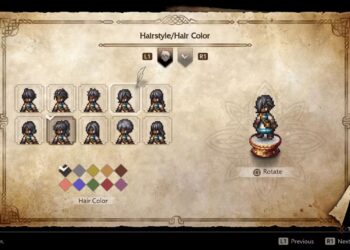Select Language:
In Jurassic World Evolution 3, your parks need steady income to stay afloat. Upgrades, research, and hiring staff all cost a lot, and emergencies are inevitable, adding to expenses.
Running a successful park means earning enough from multiple sources to keep expanding. While earning hundreds of thousands of dollars per minute sounds impressive, a Jurassic World research park actually needs millions each year to fund scientists, develop new dinosaurs, create suitable habitats, and operate safely.
How To Make Money In Jurassic World Evolution 3
Making a profit is crucial if you want to grow your park and add more exhibits. Tourists pay to see dinosaurs up close and from a safe distance, which helps generate income. Keeping your visitors and dinosaurs happy ensures your park runs smoothly and makes money.
To monitor your finances, open the Management menu and go to the Finances section. Here, you’ll see details on your income and expenses, allowing you to track where your money is going and which activities are most profitable.
If your spending gets out of control, you risk going bankrupt. In that case, you’ll need to make quick money—this might involve firing staff with high wages to cut costs.
Make Money From Guests
Guests love food, drinks, and entertainment. Placing amenities along pathways between exhibits encourages visitors to spend more money. Depending on your budget and park size, you can build various types of amenities:
- Hotels
- Restrooms
- Shops
- Food stalls
- Drink stations
Small, medium, and large versions of amenities are available. Initially, your park can only host small amenities until you research larger ones. To maximize revenue, select products and features suited to your crowd. Different parks attract different visitors, such as:
- General visitors (white icon)
- Adventure seekers (orange flame icon)
- Nature lovers (green planet icon)
- Luxury guests (yellow crown icon)
Matching amenities to guest preferences and balancing their levels will keep visitors happy, leading to more spending. Increasing the variety of dinosaurs and entertainment also helps attract more guests.
Guests prefer seeing dinosaurs bred naturally, especially juveniles, as they are adorable even if they’re dangerous. Providing good enclosures with nests and high comfort ensures visitors enjoy their experience. Create interesting viewing points and guided tours to motivate guests to explore.
Sell All Minerals
Minerals collected during expeditions can be sold for quick cash, often covering the cost of the expedition itself. Sent scientists on regular trips to gather fossils and minerals—they can return with valuable items like fossils or rare minerals, which can be sold for $40,000 to $400,000 each.
Here are some minerals you might find during expeditions:
| Mineral | Value |
|---|---|
| Chordate Fossils | $40,000 |
| Conifer Fossils | $40,000 |
| Fern Fossils | $40,000 |
| Turtle Fossils | $40,000 |
| Ammonite Fossils | $90,000 |
| Snake Fossils | $90,000 |
| Osmium | $110,000 |
| Amphibian Fossil | $130,000 |
| Bird Eggs | $130,000 |
| Aquatic Plant Fossils | $230,000 |
| Gold | $230,000 |
| Dinosaur Eggs | $390,000 |
Regular expeditions are highly profitable and help boost your cash flow.
Demolish Or Deactivate Buildings
If a building isn’t generating enough income, consumes too much power, or costs too much to operate, you can choose to demolish it for a refund or deactivate it temporarily. Demolishing removes the building permanently and returns some money, while deactivating turns it off without returning funds—useful if you’re reconfiguring your layout.
Keep an eye on every entertainment and amenity building to ensure they cost less than they earn. Temporary deactivation is handy during restructuring, and demolition offers a quick cash boost for permanent removal.
Complete Contracts Constantly
Contracts provide additional income and can enhance your park’s reputation. Check the Control Room or click on the income indicator for new contracts. You can only handle one at a time, and you need to stay on-site until the task finishes—the moment you leave, the contract is canceled.
Completing contracts quickly earns bonus rewards. Choose contracts you can finish easily or fast to get the bonus and pick a new one right after. If no suitable contracts are available, wait for the list to refresh naturally instead of paying to force a new set.
Take The Perfect Picture
Your park staff carry cameras for cataloging and research. To earn extra money, take control of a vehicle, drive into exhibits, and use the camera (press F) to photograph dinosaurs. Better photos—featuring multiple species, different ages, unique behaviors, and good composition—fetch higher prices.
Avoid taking identical photos of the same dinosaurs; instead, aim for variety. Look out for behaviors like resting, sleeping, panicking, running, socializing, juvenile activity, drinking, eating, hunting, flying, and swimming. Capturing a mix of species and behaviors like running or sleeping, especially with juveniles, makes your photos more interesting and profitable.
Drive around and position yourself well to snap the perfect shot, maximizing your earnings with each photograph.







